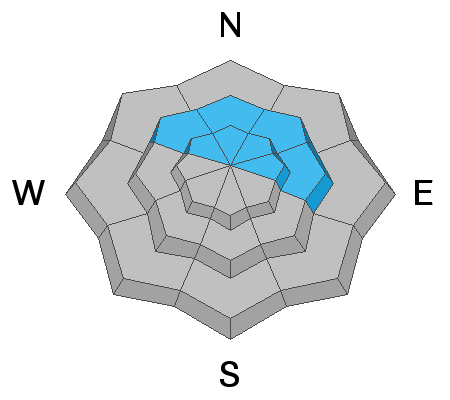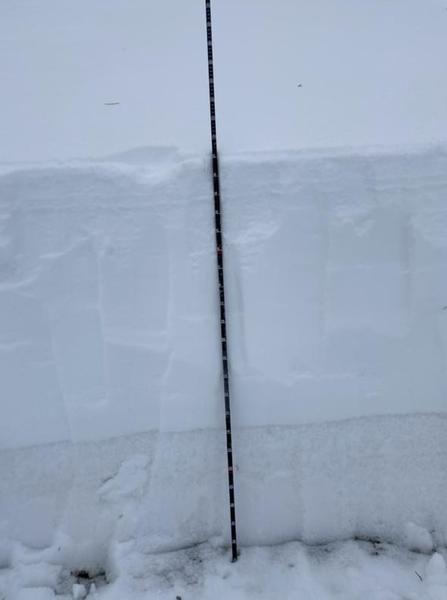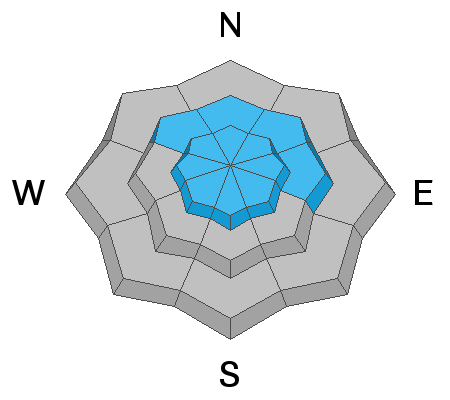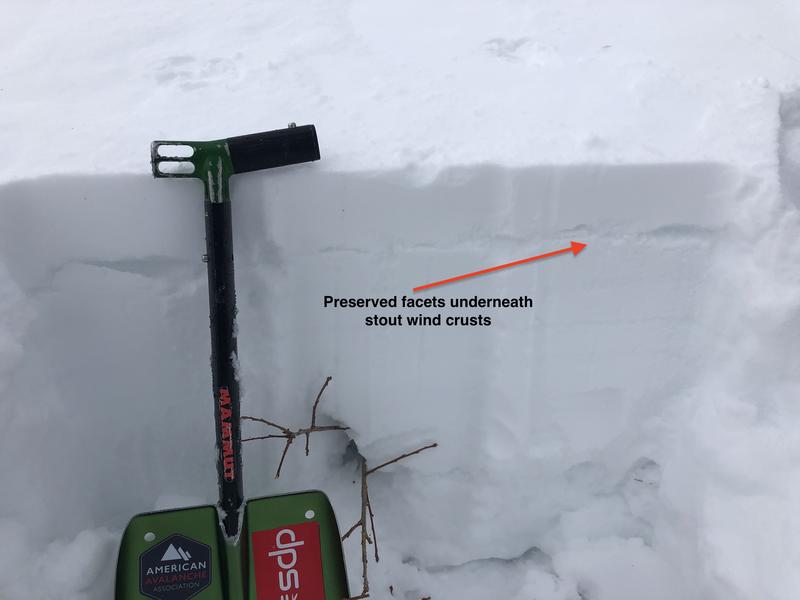Forecast for the Salt Lake Area Mountains

Issued by Greg Gagne on
Tuesday morning, December 24, 2019
Tuesday morning, December 24, 2019
A serious and consequential MODERATE AVALANCHE DANGER exists for triggering an avalanche 2-5' deep on northwest, through north, and east aspects. The terrain that is most suspect includes steep/thin rocky slopes as well as repeater slopes that have already avalanched this season.
A MODERATE hazard also exists at the upper elevations, and mid-elevation aspects facing northwest through east, where strong and gusty winds from the south have created pockets of hard wind drifts.
All other terrain has a generally Low hazard.
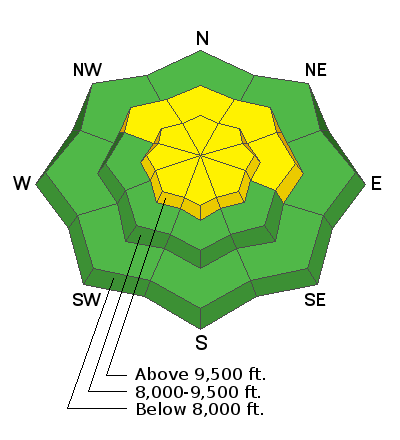
Low
Moderate
Considerable
High
Extreme
Learn how to read the forecast here


